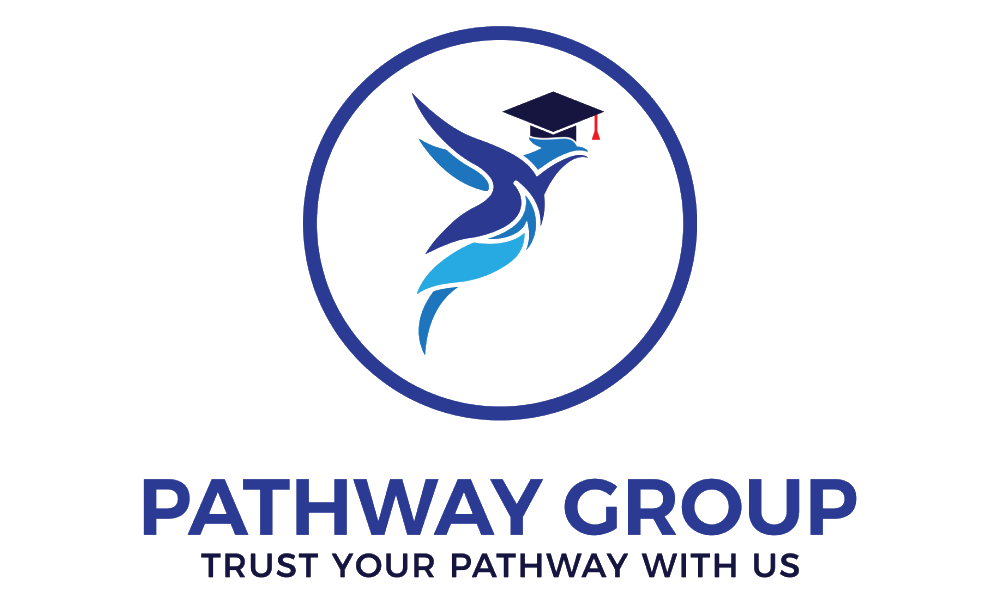In recent changes to Australia skilled migration policy, Australia is introducing the Skills in Demand Visa, which will officially replace the Temporary Skill Shortage (Subclass 482) Visa from 7 December 2024. Designed to address labor market needs and streamline pathways for skilled workers,
This new visa aims to address ongoing labor market shortages while streamlining pathways for skilled workers seeking employment in Australia. In this blog, we’ll explore the key features of the SID Visa, its three-tiered structure, and what it means for both employers and potential migrants.
What is the Skills in Demand Visa?
The Skills in Demand (SID) Visa is Australia’s response to persistent labor shortages and a demand for skilled talent. This visa allows temporary skilled workers to address critical gaps in the labor market while providing clearer pathways to permanent residency. Key features of this visa include:
- Extended Time for Sponsorship: Visa holders will have more time to secure a new sponsor if their employment ends.
- Independent Verification of Skill Shortages: This ensures that labor market needs are accurately assessed.
- Simplified Pathways to Permanent Residency: Eligible workers can transition more easily from temporary to permanent status.
Understanding the Three Skills Pathways
The new SID Visa introduces three distinct streams, tailored to meet the needs of different industries and income brackets. Here’s how each stream works:
Tier 1: Specialist Skills Pathway
- This pathway is for High-income earners and specialists in their fields.
- Occupations covered: No occupation list, but trades workers, machine operators, drivers, and laborers are excluded.
- Minimum Salary Threshold: $135,000 annually, indexed annually.
- Processing Time: Priority processing with a median turnaround of just 7 days.
Tier 2: Core Skills Pathway
- This pathway is for Workers in occupations listed on the Core Skills Occupation List (CSOL).
- Minimum Salary Threshold: $73,150 annually, indexed annually in line with Average Weekly Ordinary Time Earnings (AWOTE).
- Processing Time: Also prioritized with a commitment to a 7-day turnaround.
Tier 3: Essential Skills Pathway
- This pathway is for Workers in essential skill occupations earning under $73,150 annually.
- Sector-specific occupations such as aged care and disability services are likely to be prioritized.
- Stronger regulatory frameworks, union oversight, and minimum standards will apply.
Key Features of the Skills in Demand Visa
1. Longer Visa Duration and Flexibility
The Skill in Demand Visa allows workers to stay in Australia for up to 4 years. Importantly, visa holders will have the flexibility to change employers more easily, thanks to the introduction of a public register of employer sponsors. This transparency is aimed at ensuring fairness and mobility for workers.
2. Pathway to Permanent Residency
The Skill in Demand Visa simplifies the pathway to permanent residency through Two main streams facilitate this transition:
Temporary Residence Transition Stream (Subclass 186 TRT): Requires two years of full-time employment under the SID visa.
Direct Entry Stream (Subclass 186 DE): For occupations on the CSOL with a positive skills assessment and at least three years of experience.
3. Labor Market Testing (LMT) Reforms
The requirement for advertising on Workforce Australia will be abolished, with advertising periods increasing from four months to six months.
4. Employer Obligations
Employers must demonstrate financial viability and comply with Australian Market Salary Rate (AMSR) guidelines for nominated positions.
Benefits for Employers and Workers
For Employers:
- Easier access to skilled international talent for hard-to-fill roles.
- Streamlined visa processing times, reducing delays in onboarding new hires.
- Flexibility in addressing labor shortages with independently verified skill assessments.
For Workers:
- Increased job security with extended timeframes for finding new sponsorships.
- Faster pathways to permanent residency.
- Transparent systems ensuring fair pay and mobility within the Australian job market.
What’s Next?
The Skills in Demand Visa will officially take effect on 7 December 2024. If you are an employer struggling to find skilled workers locally or a professional looking to work in Australia, now is the time to start preparing. Early planning and understanding of the new system can ensure a smooth transition and help you leverage this updated framework to meet your goals.
For personalized advice and guidance tailored to your situation, reach out to our expert team today. We’re committed to making your migration journey as seamless and successful as possible!
consult with our experienced immigration professional on Inquiry@pathwayeducation.com.au or call us on 1300 472 849.











